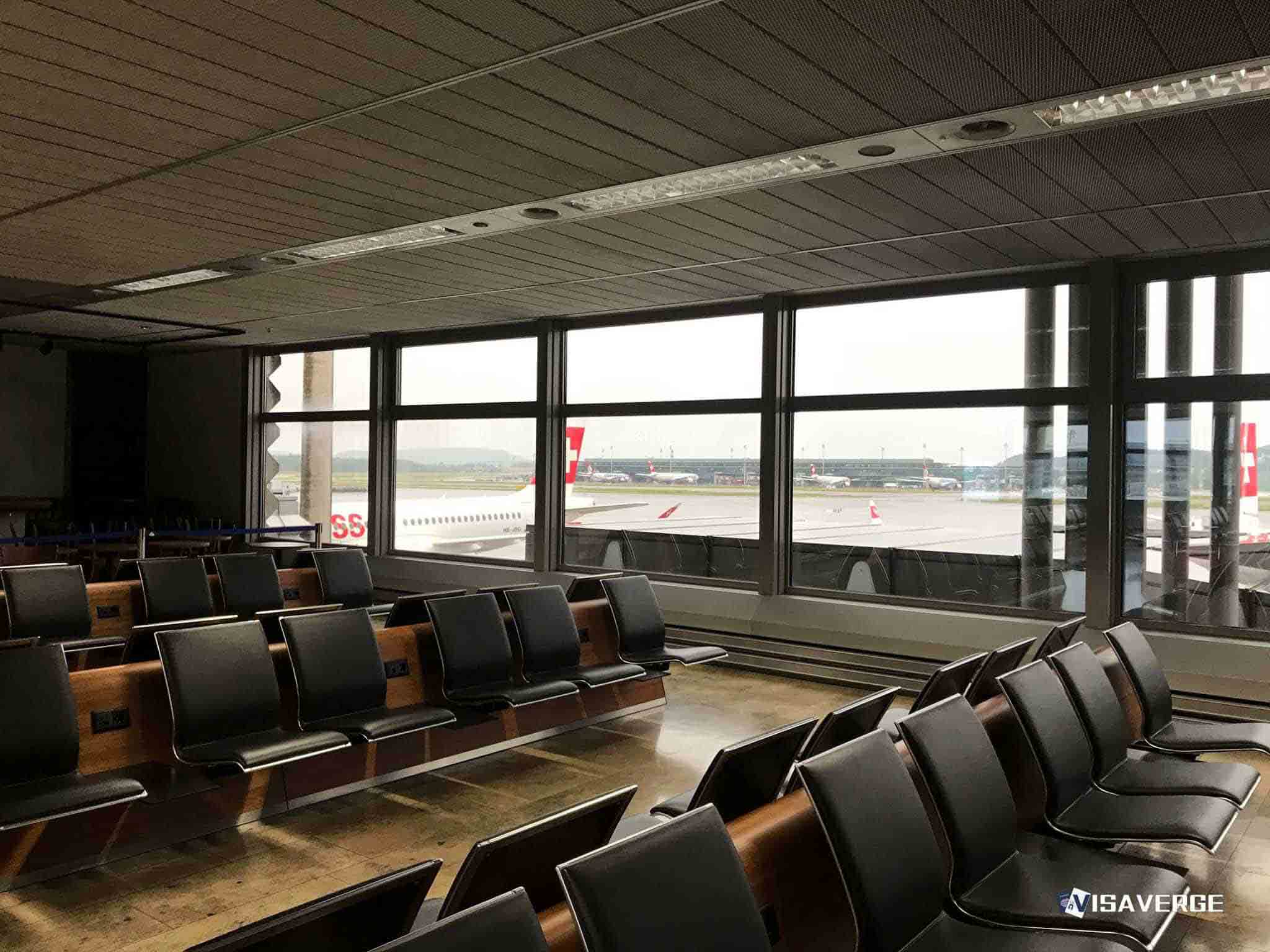(MANILA) Starting September 14, 2025, Ninoy Aquino International Airport will raise its Passenger Service Charge—the terminal fee paid by departing travelers—across all terminals. International passengers will see the charge rise to ₱950 from ₱550, a 72% increase. Domestic passengers will pay ₱390, up from ₱200. Manila Airport operator Manila International Airport Authority (MIAA) says the higher fees will help fund ongoing modernization and fix long-running problems in terminals, from crowding to dated facilities, as traffic grows.
MIAA General Manager Eric Ines announced the move, and the New Manila International Consortium (NMIC), which is working with the authority on the airport’s upgrade plan, backs the change. Airlines are expected to add the new terminal fee to ticket prices beginning mid-September. According to analysis by VisaVerge.com, the adjustment will appear automatically in fares for flights that depart on or after the effective date.

The increase is the first in several years and follows rising operating costs. The airport’s modernization program aims to improve passenger flow, replace aging equipment, and meet international service standards. Passenger groups and parts of the travel industry have voiced mixed views—some worry about affordability, while others accept the rise as the price of faster lines and cleaner, better-maintained terminals.
Policy changes (at a glance)
- Effective date: September 14, 2025
- International Passenger Service Charge: ₱950 (up from ₱550)
- Domestic terminal fee: ₱390 (up from ₱200)
- Increases: 72% for international trips; nearly 95% for domestic trips
- OFW exemption: Kept in place; Overseas Filipino Workers remain exempt
- Implementing bodies: MIAA, supported by NMIC as part of the long-term upgrade plan
- Payment method: Airlines will include the new charges in ticket prices from mid-September
What the Passenger Service Charge covers
The Passenger Service Charge (PSC), often called the terminal fee, is a per-passenger amount collected by the airport and passed through by airlines. It helps pay for:
- Terminal operations and utilities
- Security and screening services
- Seating, restrooms, and boarding systems
- Maintenance and equipment replacement
While these fees are small compared to airfare, they add up across millions of travelers and form a steady budget line for upkeep and improvements.
MIAA says funds from the higher PSC will go toward terminal upgrades, improved passenger facilities, and better services. The authority points to rising passenger volumes and the need to meet international standards as drivers of the policy shift. The goal is to fix crowded areas, update equipment, and improve the overall travel experience at Manila Airport so arrivals and departures run more smoothly.
For official information and notices, travelers can refer to the MIAA website at https://www.miaa.gov.ph, which hosts advisories and contact details for airport management.
Cost impact and exemptions
The OFW exemption remains in full effect. This means Overseas Filipino Workers will not pay the higher terminal fee, preserving a long-standing relief measure that helps lower the cost of going to and from work overseas. Families with OFW members should check their ticket breakdowns to confirm the exemption still appears at checkout.
Budget impact examples for non-exempt travelers:
- A family of four on an international trip from Manila Airport will pay ₱3,800 in PSC instead of ₱2,200.
- On a domestic round trip, a family of four will pay ₱3,120 in total terminal fees (₱390 per person each way) instead of ₱1,600.
Important timing notes:
- If your flight departs on or after September 14, the higher PSC applies—even if you bought your ticket earlier.
- If you depart before September 14, the old rates remain in place.
Check your e-ticket receipt for a line item labeled “PSC,” “terminal fee,” or similar wording. If you have questions about a charge, contact the airline that issued your ticket.
Industry groups expect airlines and travel agents to update their systems in time, but there may be early hiccups as carriers adjust tax and fee tables. Keep your booking email and payment proof handy at the airport in case a check-in agent needs to verify charges.
Implementation, intended benefits, and concerns
The fee hike feeds into a broader push to bring NAIA up to world-class standards. According to MIAA and NMIC, funds will support:
- Terminal renovations and expanded passenger flow capacity
- Better signage and seating
- More reliable air-conditioning and utilities
- Upgraded security screening and baggage systems
The agencies link these steps to shorter queues and improved on-time performance as passenger numbers rise.
Short-term effects:
- The most immediate change for travelers is the higher price tag at booking and check-in.
- Over time, passengers and airlines should see gradual improvements: cleaner restrooms, more charging points, and quicker screening.
Concerns and conditions:
- Passenger advocates stress that fee increases must translate into visible, measurable improvements in terminals.
- Transparency on project timelines, budgets, and outcomes from MIAA and NMIC will be crucial to maintaining public support.
- The government indicates this September change is part of a longer plan; further adjustments may follow as milestones are met. Any additional fee changes will likely prompt renewed debate over cost versus service quality.
Advice for travelers and organizations
- Review travel budgets with the terminal fee in mind, especially for group travel.
- Employers covering staff travel may need to adjust allowances.
- Travel agencies and corporate travel managers should update fare sheets to reflect the larger PSC so approvals are not delayed.
- Keep documentation (booking emails, e-ticket receipts) showing PSC or terminal fee line items when checking in.
Airlines will include the new fees in tickets starting mid-September for departures.
This Article in a Nutshell
From September 14, 2025, NAIA raises PSC to ₱950 for international and ₱390 domestic; MIAA and NMIC say funds will finance terminal upgrades, while OFW exemption remains.













